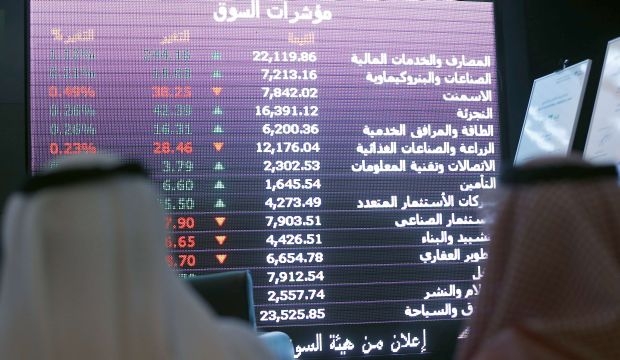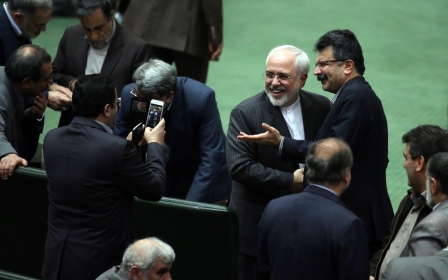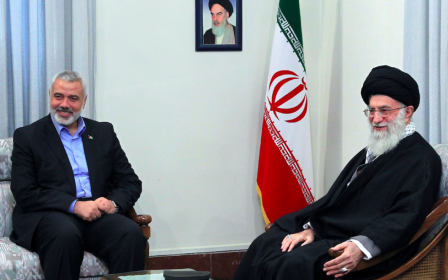Gulf shares dive after Iran sanctions lifted

Share prices in the energy-rich Gulf states nosedived on Sunday following the continued sharp decline in oil prices and the expected rise in Iranian crude exports after the lifting of sanctions.
The plunge in the first day of trading in the Islamic week also follows heavy losses in global stock exchanges on Friday, when Gulf exchanges were closed for the weekend.
The price of oil, which contributes more than 80 percent to Gulf states' revenues, has fallen by more than a fifth this year to drop below $30 a barrel. This follows a plunge of 65 percent in the past two years.
The expected return of Iran to the oil market, following the implementation Saturday of its historic nuclear deal with world powers, looks set to worsen the production glut that has been the main reason for the oil price dive.
All seven Gulf exchanges saw a wave of panicked sell-offs, sending indices to multi-year lows.
Big investors joined small dealers in dumping shares in fear of a further slump.
"The majority of Gulf firms depend on their governments, which depend on oil revenues. No one knows the bottom of oil prices," Kuwaiti analyst Ali al-Nemish said.
"The Iranian impact on the markets appears to be somewhat inflated because Iranian crude exports will not be huge initially," Nemish told AFP.
Negative territory
Most of the seven markets have already lost in the past two weeks more than they dropped in the whole of 2015.
The Qatar Exchange, the second largest in the Gulf after Saudi Arabia's, plunged 7.2 percent to close trading just above the 8,500-point mark, last seen in April 2013.
All the listed firms were in the red and the bourse has so far dipped 18 percent this year, more than the 15 percent it lost in 2015.
The Dubai Financial Market dropped 6.0 percent at the opening but recovered slightly to close the day down 4.64 percent to 2,684.9 points, a three-year low.
Blue chip properties giant Emaar shed 4.0 percent and the leading construction firm Arabtec sank the maximum allowed 10 percent.
Since the beginning of this year, Dubai has dropped 15 percent.
The Abu Dhabi Securities Exchange also slumped 4.24 percent but remained above the 3,700-point mark. All sectors were down with banks and real estate shedding above 5.0 percent.
The Kuwait Stock Exchange dropped 3.2 percent to just above the 5,000-point mark, levels only seen in May 2004.
The Saudi Tadawul All-Shares Index, the largest Arab market, fell 7.2 percent to below 5,500-points during trading. The level was last seen in early 2011.
The leading petrochemicals sector dipped 8.0 percent, while banks lost 5.3 percent.
Since the start of 2016, the TASI has dropped 21.1 percent, more than all of its losses last year. The bourse closes later in the day.
The small market of Oman dropped 3.2 percent to below the 5,000-point mark for the first time since mid-2009. Bahrain dropped 0.4 percent.
Since the beginning of 2016, the seven stock markets have shed more than $130 billion of their market capitalisation, which now stands at about $800 billion.
All Gulf stock exchanges ended 2015 in negative territory, led by Saudi Arabia, after the sharp decline in oil prices.
Middle East Eye propose une couverture et une analyse indépendantes et incomparables du Moyen-Orient, de l’Afrique du Nord et d’autres régions du monde. Pour en savoir plus sur la reprise de ce contenu et les frais qui s’appliquent, veuillez remplir ce formulaire [en anglais]. Pour en savoir plus sur MEE, cliquez ici [en anglais].




